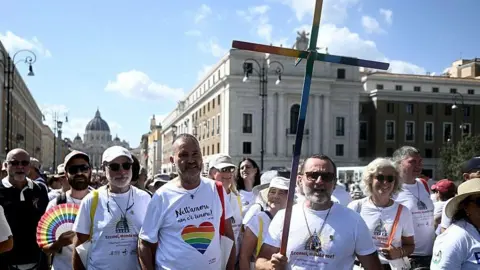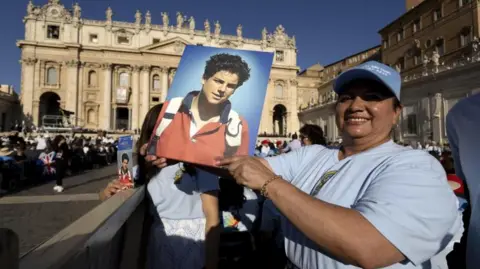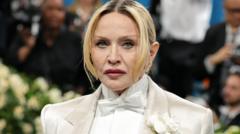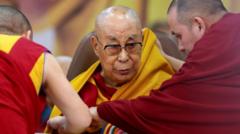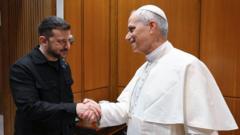The conclave to select a new pope has officially commenced in the iconic Sistine Chapel, following the passing of Pope Francis at the age of 88. To find his successor, 133 cardinal electors will gather in a ceremonial yet secretive environment, casting their votes in a dramatic and politically charged atmosphere.
This process, described as fraught with opportunism and strategy, can lead to unexpected outcomes. “It has pure politics, with backstabbing and fake candidates,” observes Jason Horowitz of The New York Times, who covered previous conclaves in 2005 and 2013. The cardinal electors can cast votes up to four times per day, marked by the changing colors of smoke emitted from the chapel’s chimney—white for a consensus and black if more rounds are needed. The duration of the conclave can vary significantly, from mere hours to a staggering three years, which remains a historical record.
Once a new pope is confirmed and the smoke signals a resolution, news agencies, including The Times, are prepared to deliver swift updates regarding the newly elected pope's identity and his theological stance. “At least, that’s the hope,” Horowitz states, acknowledging the potential emergence of surprise candidates.
As the world looks on, the interplay of faith, politics, and human ambition shapes the unfolding drama of the papal election. Expect updates as this critical event progresses.
This process, described as fraught with opportunism and strategy, can lead to unexpected outcomes. “It has pure politics, with backstabbing and fake candidates,” observes Jason Horowitz of The New York Times, who covered previous conclaves in 2005 and 2013. The cardinal electors can cast votes up to four times per day, marked by the changing colors of smoke emitted from the chapel’s chimney—white for a consensus and black if more rounds are needed. The duration of the conclave can vary significantly, from mere hours to a staggering three years, which remains a historical record.
Once a new pope is confirmed and the smoke signals a resolution, news agencies, including The Times, are prepared to deliver swift updates regarding the newly elected pope's identity and his theological stance. “At least, that’s the hope,” Horowitz states, acknowledging the potential emergence of surprise candidates.
As the world looks on, the interplay of faith, politics, and human ambition shapes the unfolding drama of the papal election. Expect updates as this critical event progresses.




